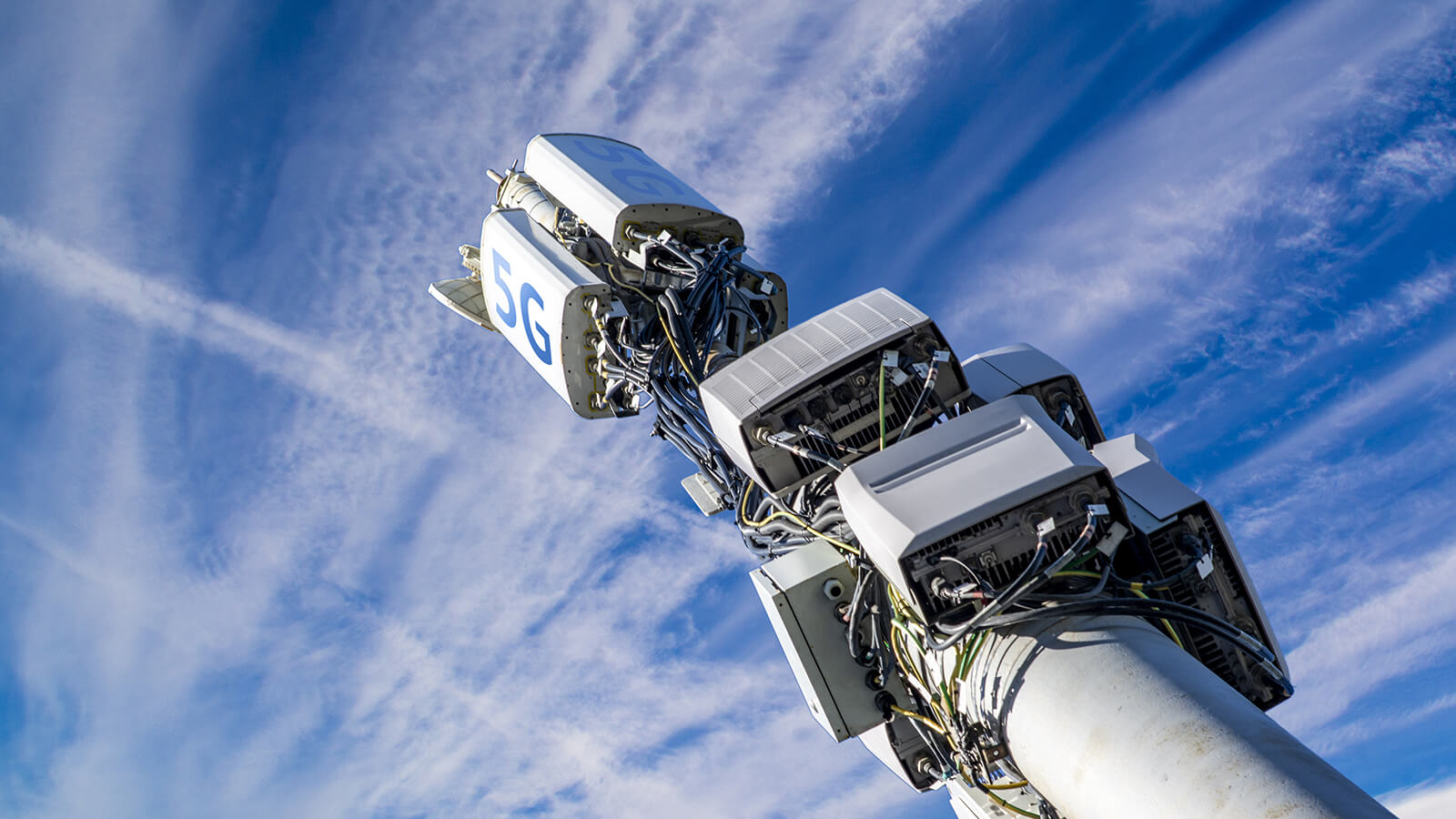If you've ever wandered through a city, you may have seen tiny 5G cell towers on the poles of street lights. They look like small boxes however they're actually sending wireless signals from cellular providers to your phone.
The smaller ones are being replaced by the larger built cell towers. While they're less noticeable however, they could cause issues for users.
what is a safe distance from a 5g cell tower is the of the FCC's Radiation Exposure Thresholds
The FCC's Radiation Exposure Thresholds determine the safe limit at which one can expose to electromagnetic radiation from wireless devices. The limits for exposure are based upon scientific research that show that RF energy could be harmful to human health.
The absorption rate specific (SAR) is an indicator of the amount of radiofrequency energy that is absorbed by tissue. It's typically 1.6 milliwatts per kilogram calculated over one Gram of tissue.
But, since 5g operates at higher frequencies and has the potential to cause greater energy intensity on the skin and other exposed body parts. This could lead to many possible harms, such as an increase in development of skin diseases like dermatitis, cataracts and skin cancer.

Due to the possible harmful effects of radiation from 5G, PSU has chosen to create a general limits on power density, which is 4mW/cm2 averaged across 1 centimeter, and never to exceed 30 minutes, for the entire 5G spectrum at 3000 GHz. This limit for localization is in line with the peak SAR that is spatially averaged at 1.6 W/kg, averaged over one grams of tissues at six GHz.
The FCC's Maximum Exposure Thresholds for Maximum Exposure
If you've ever operated a cell phone, you probably know that a safe range from the tower is at least 400 meters away. This is due to the power of the transmission of cell towers increases drastically the farther your location from the tower.
Although this may sound like an ideal idea, the reality is that people who live close to towers may actually be more vulnerable to health issues. For instance, a study conducted in 2014 in India discovered that those living within 50 meters from cell towers suffered significantly more health complaints than those living further away from the antennas.
But, the study found that people who moved to areas that were further from cell towers noticed their symptoms improve within a few days. Other studies have shown that exposure to high frequencies of radiofrequency electromagnetic fields (EMFs) could cause brain tumors, cancer and other health issues.
This is because RF radiation, which is used in wireless communication, can be absorbed by the body's outer layer of skin. It is vital to be aware of this since the skin serves as a protective barrier against injury to the body, infection caused by pathogenic microorganisms and infiltration of toxic substances. Additionally, it is the biggest organ of the human body and is responsible for keeping the integrity of the other organs.
what is a safe distance from a 5g cell tower depend on numerous assumptions that are not supported by scientific research. These include the erroneous assumption that short-term exposures to RF radiation are safe due to minimal absorption into body (i.e. thermal heating of tissue).
The assumption is also ignoring the more extensive penetration of ELF elements of modulated radio signals and the effect of short bursts of heat generated by RF waves that are pulsed. These assumptions are not in line with the current understanding of biological effects of RF radiation. Therefore they should not be relied upon for health-protection exposure standards.
In addition there is the fact that both ICNIRP and FCC are limiting their maximum limit of exposure to the local SARs based on the peak spatial specific absorption rate (psSAR) which is an inadequate dosimetric tool for determining the level of radiation exposure. In what is a safe distance from a cell tower is not accurate when frequencies exceed 6 GHz. Furthermore, psSAR has not been tested for RF radiation with co-exposure to other environmental agents , such like sunlight. In the event of interactions, RF radiation with other environmental agents may produce synergistic or antagonistic results. This can lead to an increased risk of negative health effects. For example, co-exposure to RF radiation along with exposure to sunlight can raise the chance of skin cancer, as well as aggravate other skin conditions like acne.
